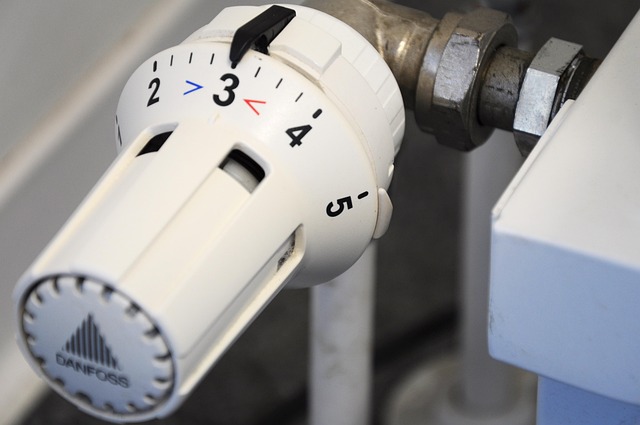Simple in-home tests to map room temperature differences
Noticing inconsistent temperatures around your home can highlight hidden issues with systems like your furnace, boiler, or the house envelope. Simple in-home tests help you map which rooms run warm or cold and point to causes such as thermostat placement, ductwork problems, or insulation gaps before calling for diagnostics or service.

Using your thermostat to map zones
Start by establishing a baseline: set your thermostat to a steady temperature and allow the system to run for at least 30–60 minutes. Place a digital thermometer or a smartphone temperature app in each room, away from direct sunlight, vents, and exterior walls. Record readings at the same time each hour for a few cycles. Note whether the thermostat’s location might be misleading the system (for example, a warm hallway can cut heating to colder rooms). This simple test helps you see if thermostat placement or calibration is affecting overall comfort and system efficiency.
Comparing furnace and boiler output
If you have a forced-air furnace or a hydronic boiler, compare how quickly and evenly rooms respond when the system runs. For furnaces, feel registers and the flow of warm air from vents; for boilers, check radiators or heated baseboards for consistent warmth. Uneven heating may indicate issues with combustion tuning, blocked vents, or imbalanced water flow in boiler loops. Keep an eye out for unusually slow recovery after the system cycles off — that can signal efficiency losses or component wear that an inspection or professional diagnostics would clarify.
Vents, ductwork, and airflow checks
Cold rooms are often linked to airflow problems. Inspect vents for obstructions such as furniture, curtains, or dust-clogged filters. Temporarily close vents in very warm rooms and open them in cold rooms to test whether redistributing airflow changes temperatures. If improvements are minimal, the ductwork could have leaks, poor insulation, or incorrect dampers. A quick smoke test (using a smoke pencil or incense held near seams) can reveal drafts in duct joints. Proper airflow balance can significantly improve comfort and system efficiency without major equipment changes.
Inspecting flue, soot, and drafts
Combustion systems produce flue gases that must vent safely. Look for signs of soot, unusual odors, or draft reversals near the flue or chimney — these can affect combustion efficiency and indoor air quality. Check exterior doors and windows for drafts using a lit candle (move it carefully and watch for a flicker) or a thermal leak detector to find cold spots. Persistent soot on appliances or near vents suggests incomplete combustion or backdrafting; these conditions merit immediate professional inspection to address safety and performance concerns.
Seals, insulation, and filter checks
A tight building envelope reduces room-to-room temperature differences. Inspect weatherstripping around doors and windows, caulking at joints, and insulation in accessible attic or crawl spaces. Replace or clean filters regularly; clogged filters restrict airflow and force systems to work harder, reducing heating efficiency. Small fixes like sealing gaps and upgrading insulation in key areas often yield measurable improvements in comfort and can reduce the burden on your furnace or boiler. Note humidity levels too — very dry air can feel cooler, while appropriate humidification can enhance perceived warmth.
Simple diagnostics and when to seek service
Basic diagnostics include mapping temperatures, testing vents, checking filters, and observing system cycles. Keep a log of thermostat settings, room readings, and any odd sounds or soot accumulation. If tests point to persistent imbalances, suspicious combustion signs, or poor airflow despite clear vents and clean filters, contact a qualified technician for a thorough inspection. Professionals use tools for combustion analysis, duct leakage tests, and airflow measurements to pinpoint problems and recommend repairs. Timely diagnostics and routine service help maintain efficiency and safety.
Conclusion Systematic in-home testing — using thermometers, vent checks, draft spotting, and filter inspection — gives a clear picture of why certain rooms run warmer or cooler. These simple steps help you determine whether adjustments to thermostat settings, duct balancing, insulation, or professional diagnostics and service are needed to restore consistent comfort and efficiency.





